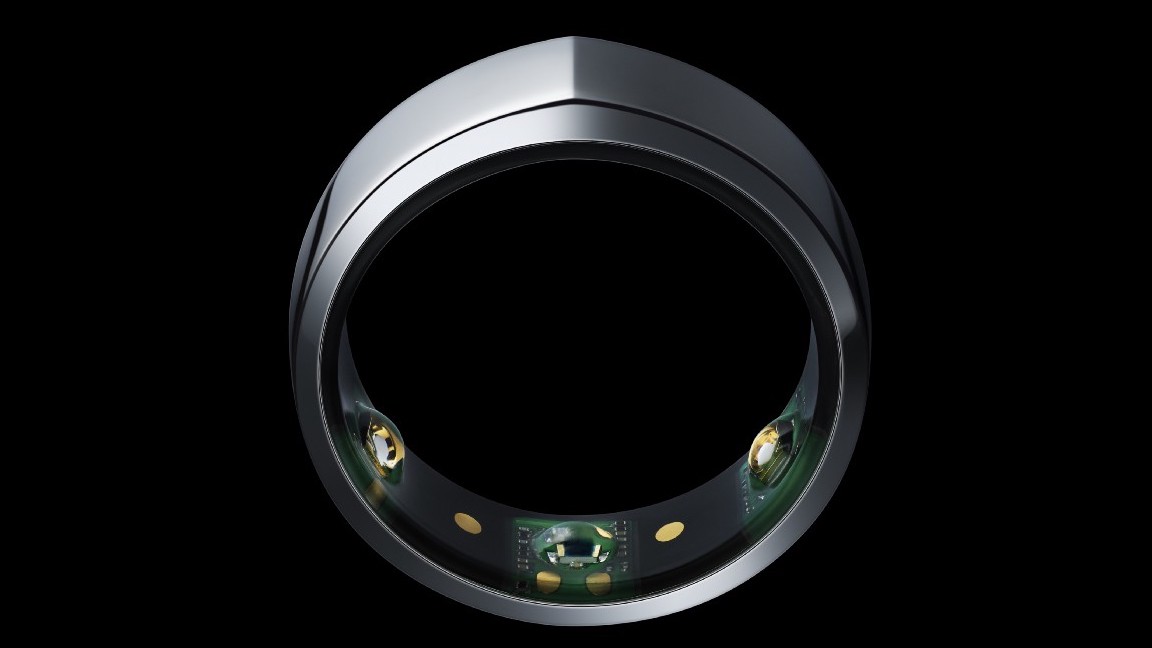I first came across the Oura Ring way before it was pigeonholed as “the smart ring that detects COVID-19.” It was mind-boggling — to me, at least—how this tiny ring, which relatively costs an arm and a leg, went from a sleep-tracking ring to the most hyped wearable device to detect COVID-19. I was skeptical at first for some reason; for one, because it was not the Oura Ring I initially knew. And how can a tiny ring do so much for its size, right? So, I did a little digging and found some interesting bits about the ring, hence, this Oura Ring review.
Researchers from UC San Francisco used the Oura Ring in an attempt to anticipate COVID-19 in healthcare workers. The NBA and WNBA bought 2,000 Oura Rings for their players. And Nascar gave away Oura Rings for their drivers and staff. A bunch of celebrities have been vocal about how they loved the smart ring, while some have been spotted wearing this tiny device. But what is the hype around it all about? Here’s everything you need to know about the Oura Ring:
What Does Oura Ring Do?
The Oura Ring is a sleep tracker designed to keep tabs on the user’s natural body clock (called the circadian rhythm) and nightly rests. On top of sleep tracking, the ring also has a host of other sensors that measure the user’s daily activities, heart rate zones, and body temperature. Each morning, you get a Sleep Score measuring how good your sleep is and a Readine Score measuring how recovered your body is. You also get an Activity Score gauging how much you’ve been moving throughout the day.
ALSO READ: WHAT EXACTLY DOES THE OURA RING DO?
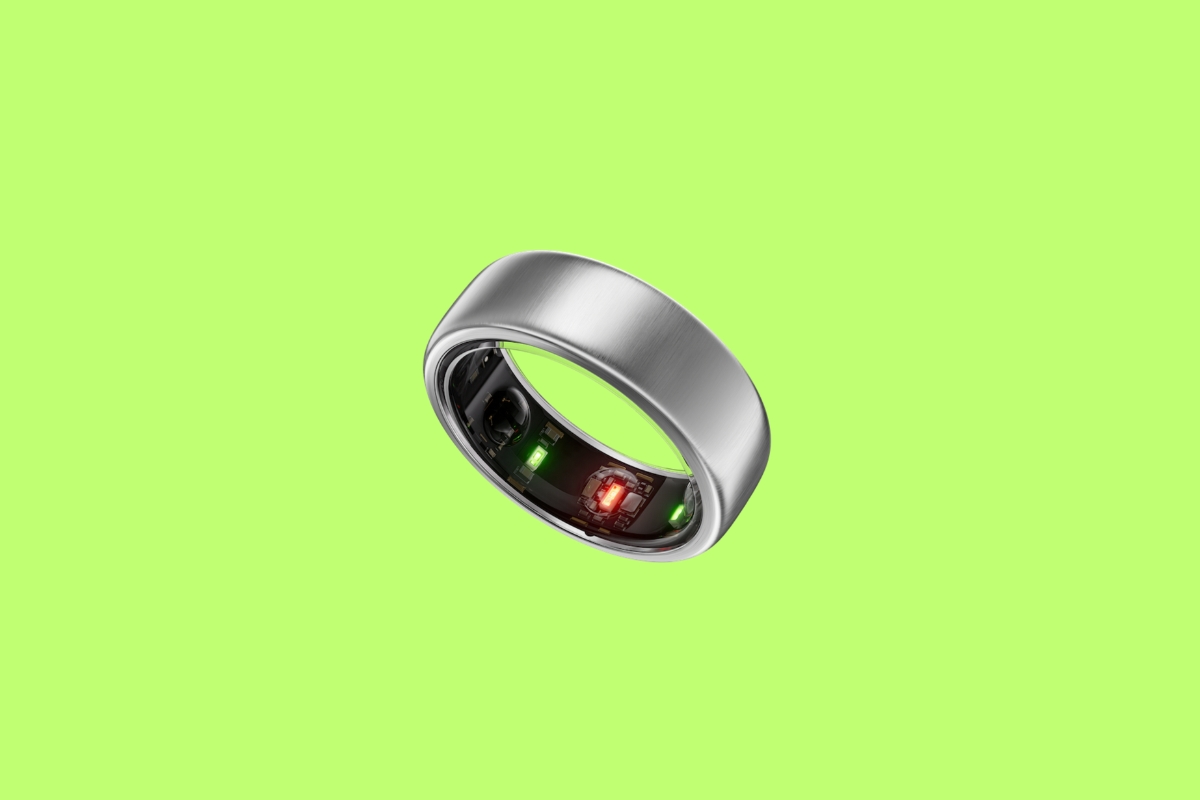
How Does Oura Ring Work?
The Oura Ring packs several tiny activity and body sensors for different purposes into its 6-gram body. These include infrared photoplethysmography (PPG) sensors for heart rate and respiration, a negative temperature coefficient (NTC) sensor for body temperature, and a 3D accelerometer for movements. All these sensors are instrumental for the Oura mobile app to come up with daily insights and recommendations about your sleep, activity, and readiness.
The fact alone that the manufacturer managed to roll three sensors into one infinitesimal wearable is quite impressive. But do they really work as intended? Learn more about the features of the Oura ring in the following sections.
ALSO READ: WHY DO PEOPLE LOVE OURA RING? 5 COMMON REASONS
Oura Ring Features
We’ve talked a little about the Oura Ring sensors. Now let’s shed light on what these sensors do and how you can take advantage of them to improve your daily life.
Personalized Insights
Rather than overwhelm you with raw data, the Oura app is the partner tool of your ring to interpret collected health data. Through the app, you may see deviations from your own baseline, so Oura will suggest things you can do or change in order to improve your current situation. For instance, some users might find it startling to have a heart rate spike to 150. But that’s quite normal if you are doing strenuous activities like running or cycling. This is where the free mobile app (available for Android and iOS devices) comes in handy. You can check all the data, including sleep stages, steps, heart rate, and body temperature deviation, summarized in three different scores: Readiness, Sleep, and Activity.
ALSO READ: BEST SMART RINGS YOU CAN BUY
Readiness Score
The Readiness Score takes into account factors like resting heart rate, heart rate, respiratory rate, activity levels, and sleep to tell you how ready you are to take on your day — physically, mentally, and emotionally. The good thing is the Readiness Score is compared against your own baseline rather than the general population’s.
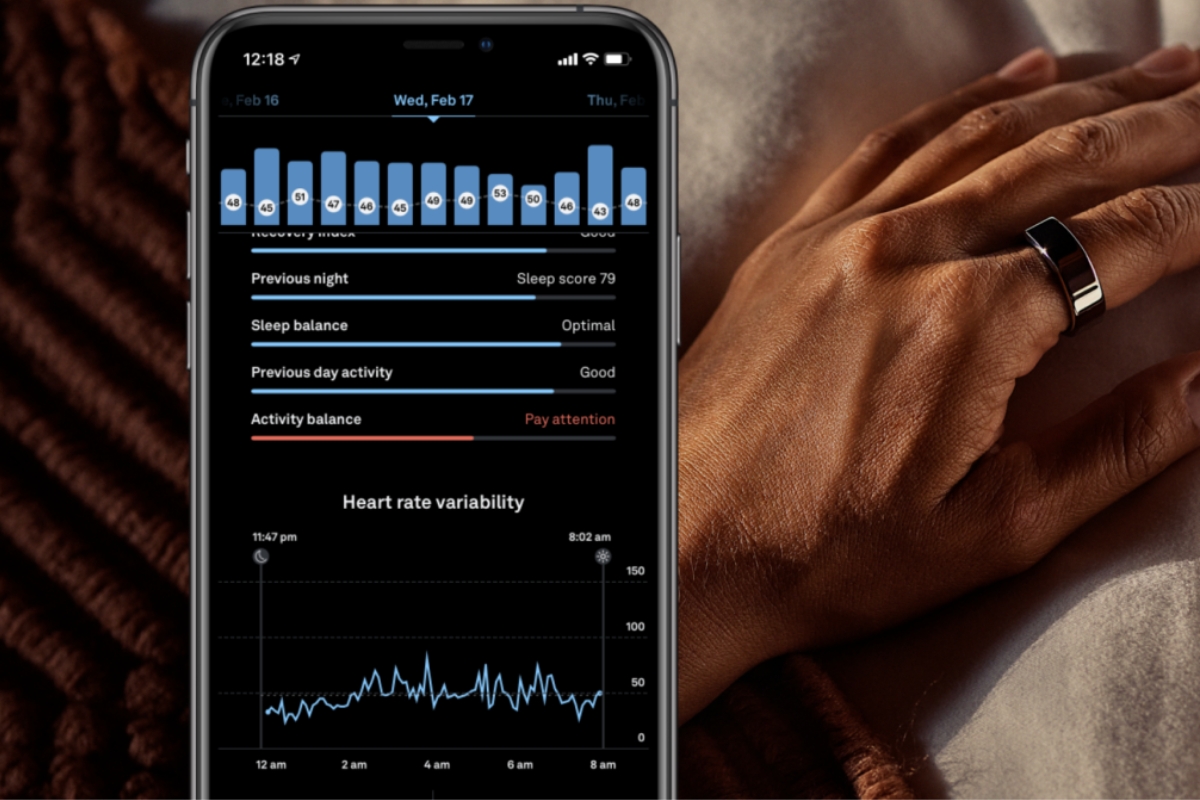
Sleep Score
The Sleep Score helps you understand the overall quality of your sleep. It’s measured by a combination of deep sleep, REM sleep, light sleep, sleep timing, and heart rate insights. For people suffering from sleep apnea, Oura can be of great help to manage their condition. Since the ring sits comfortably on your finger at night, it’s easier for people with sleep-related disorders to monitor their sleep duration, sleep quality, and how much time is spent in various stages.
ALSO READ: BEST OURA RING ALTERNATIVES
Activity Score
The Activity Score tells you how to strike a balance between physical activity and recovery. It’s based on inactivity alerts, daily activity goals, and movements.
Oura Ring for Meditation
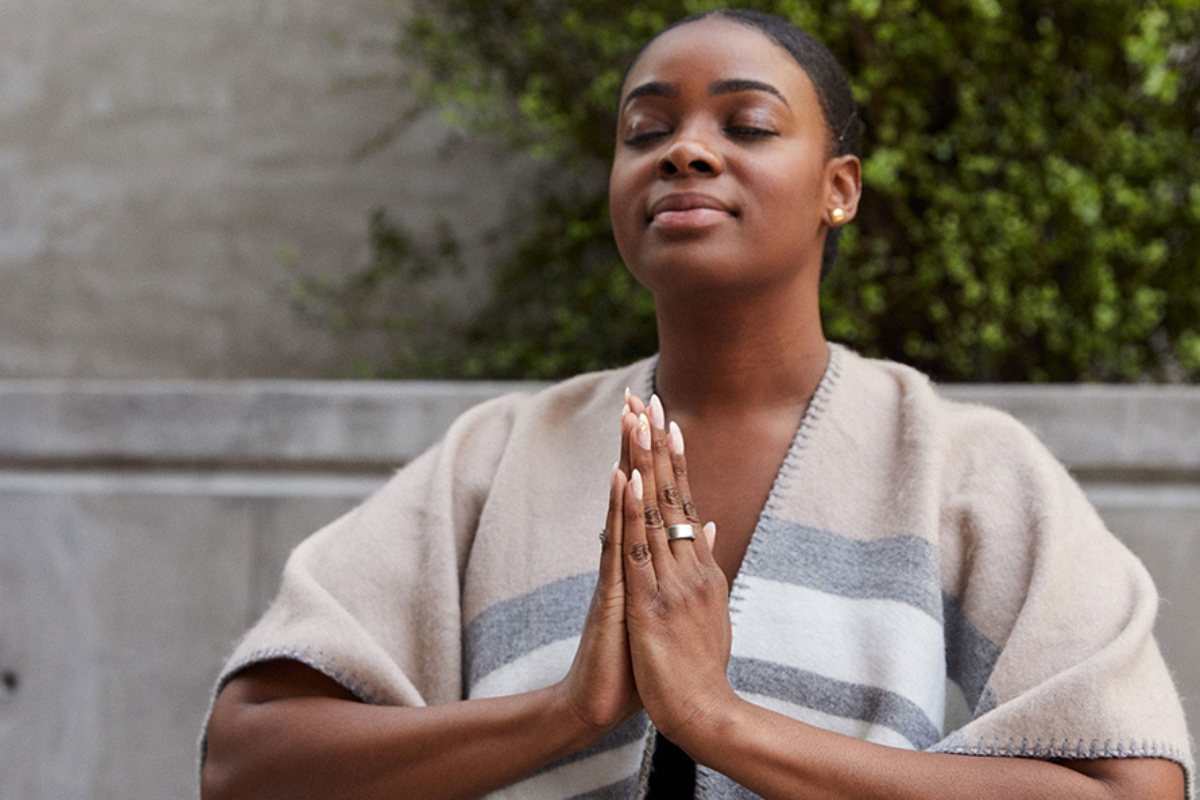
As someone who practices meditation, Oura’s Moments is something I find fairly useful. Moments helps you get a grip of how effective different mindfulness activities are by comparing your results over time. For instance, Moments can show you which breathing exercise or soundscape helps tone down your resting heart rate. This way, you would know which mindfulness exercises work best for your productivity and recovery.
ALSO READ: BEST OURA RING DUPES
Oura Ring for Birth Control
One of the most recent developments in the smart ring market is the addition of birth control as part of its feature set. The Oura ring has made history as the first wearable technology to have such a powerful functionality that enables women to use their rings to know their fertility or the lack thereof. This functionality works with the Natural Cycles app, which imports and interprets the user’s body temperature data and provides sound conclusions. With Oura, women no longer need to use an oral thermometer for days every month to know if they are fertile or not, which is more convenient and accurate since the ring can be snugly worn 24/7.
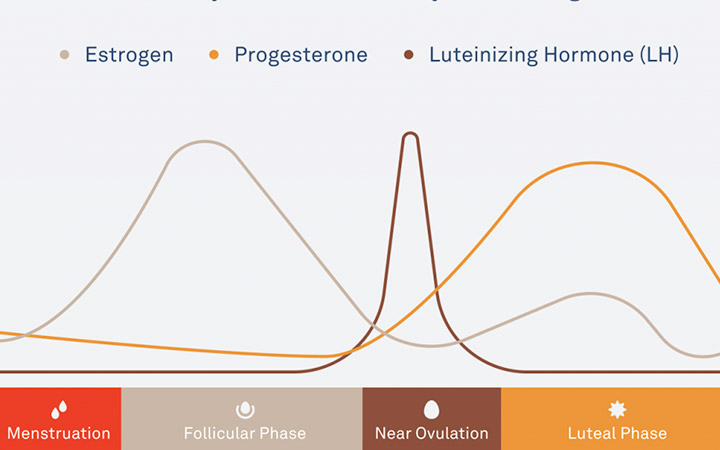
Oura Ring for COVID-19 Detection
Back in March 2020, the news broke out that Oura was able to detect early symptoms of Covid-19, resulting in the ring getting too much hype. It’s misleading to say that the ring in itself can detect COVID-19 because it cannot. That’s for sure. However, it’s accurate enough to tell you your body temperature and if your body is ready for the day. The ring can only tell you if your body is okay based on your vital signs and the scores it draws up, but you still need to do due diligence and have yourself properly tested if you want to know if you contracted the virus. So, no — the Oura ring cannot detect COVID-19. But it does help in identifying early symptoms of the disease.
ALSO READ: WHAT ARE SMART RINGS? HOW DO THEY WORK?
Oura Ring Price and Availability
The Oura Ring costs $299 or €246. It is available in two styles–Heritage and Horizon. Heritage is available in silver, black, stealth, and gold colors, while Horizon is available in these colors plus rose gold and brushed titanium. The ring’s inner surface is made of hypoallergenic materials, while the entire body is fully sealed titanium metal, thereby protecting the electronics and sensors inside against dust, scratch, moisture, and liquid. Even if you take Oura for a sweaty run or a swim, no worries as it is waterproof up to 100 meters.
The ring also comes with a charger and a sizing kit. The Oura ring can last for seven days per charge. Before sending you the real deal, Oura will send you a sizing kit with eight sizes from 6 mm to 13 mm and ask you to wear the right ring size on your finger of choice for 24 hours. Do note that our fingers swell when we work out and sleep. Once you have decided, Oura will send you the real thing, but you need to be extra patient as the ring needs enough time to understand how your body works. It usually takes at least 14 days for the ring to get your baseline metrics.
Oura Ring Review: Is Oura Ring Worth It?
The Oura Ring is like no other fitness and sleep tracker wearables devices I have seen. It’s unique in a way that you can’t swipe through your stats like you would on a smartwatch. But I like how unobtrusive it is, that it sometimes feels like you are not wearing anything at all. And what I love most about Oura is its unique algorithm. Most wearables take your metrics and measure your fitness on any given day without taking your history into account. This is where Oura is different; it takes note of your baseline metrics.
Is the Oura ring worth it, though? Generally, yes! Oura is best for people with sleeping problems and people who are trying to do better with their overall health and well-being. Otherwise, Oura might just end up like a fancy wearable that you wear because it’s what’s trendy right now. If you are looking for the smart ring’s actual test, check out our Oura Ring Test!
For the latest wearable tech news and updates, follow Smart Ring News on Facebook, Twitter, and LinkedIn.
